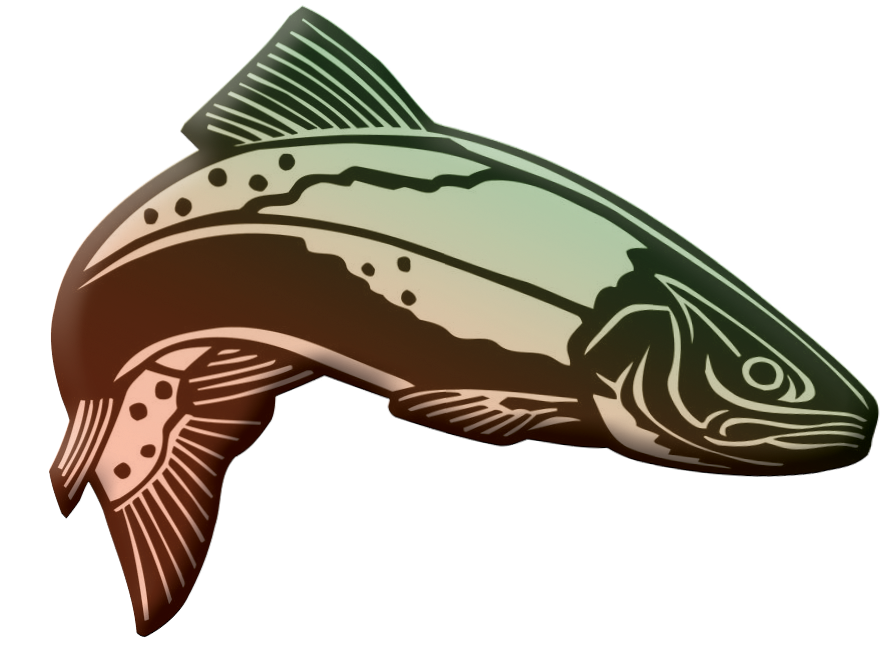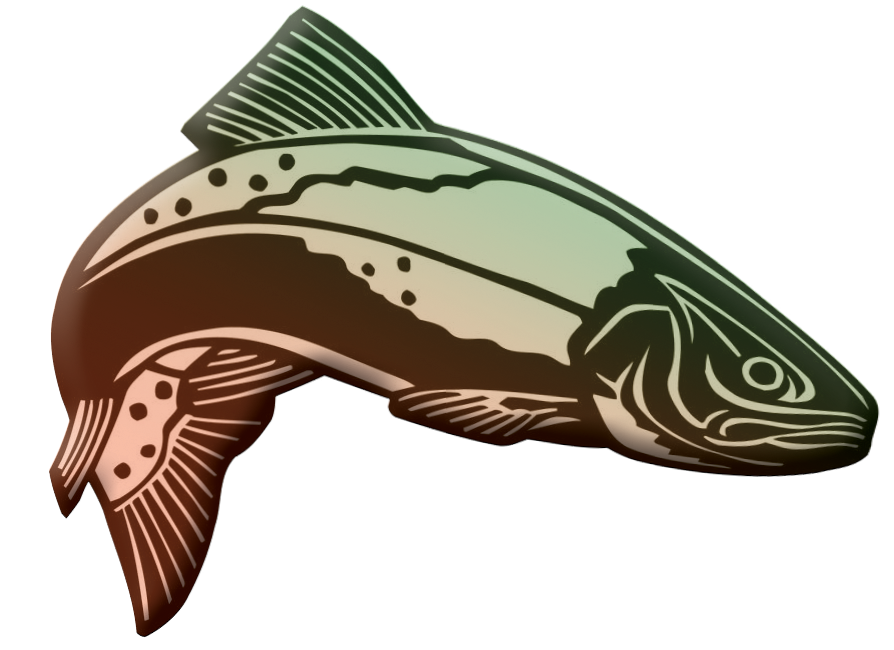Ranches at Belt Creek: Lake Whitefish
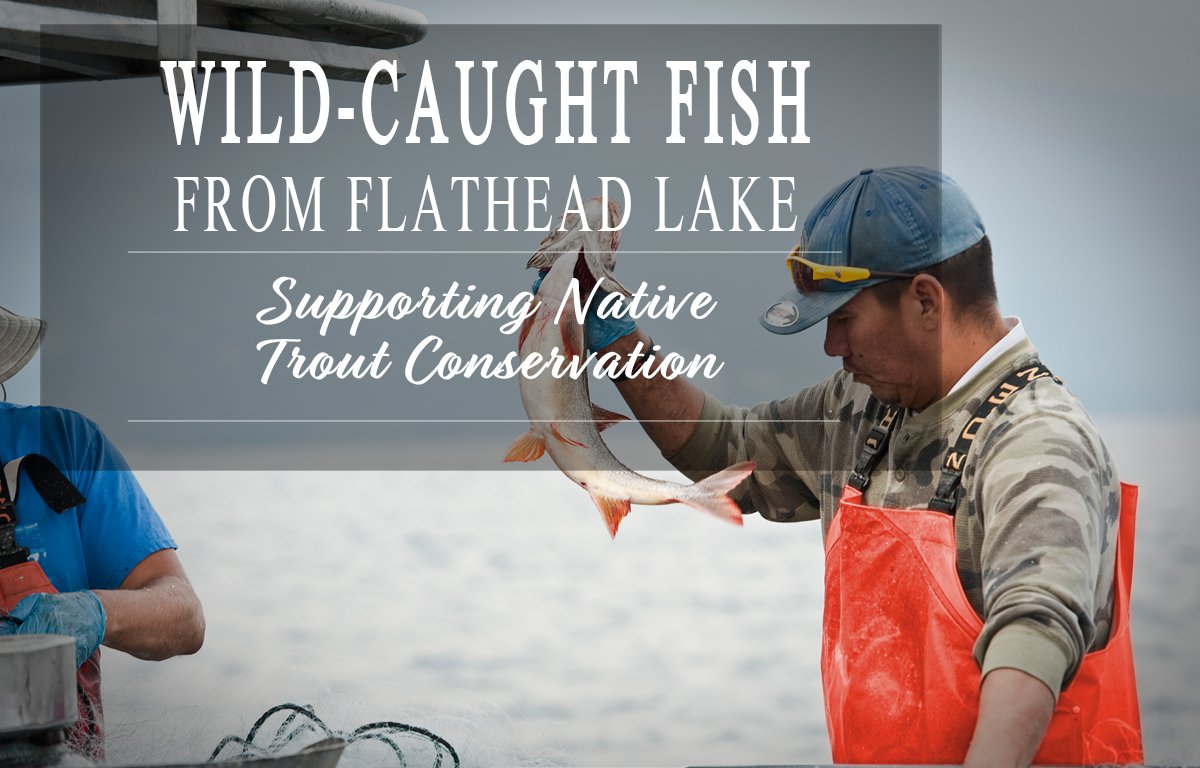
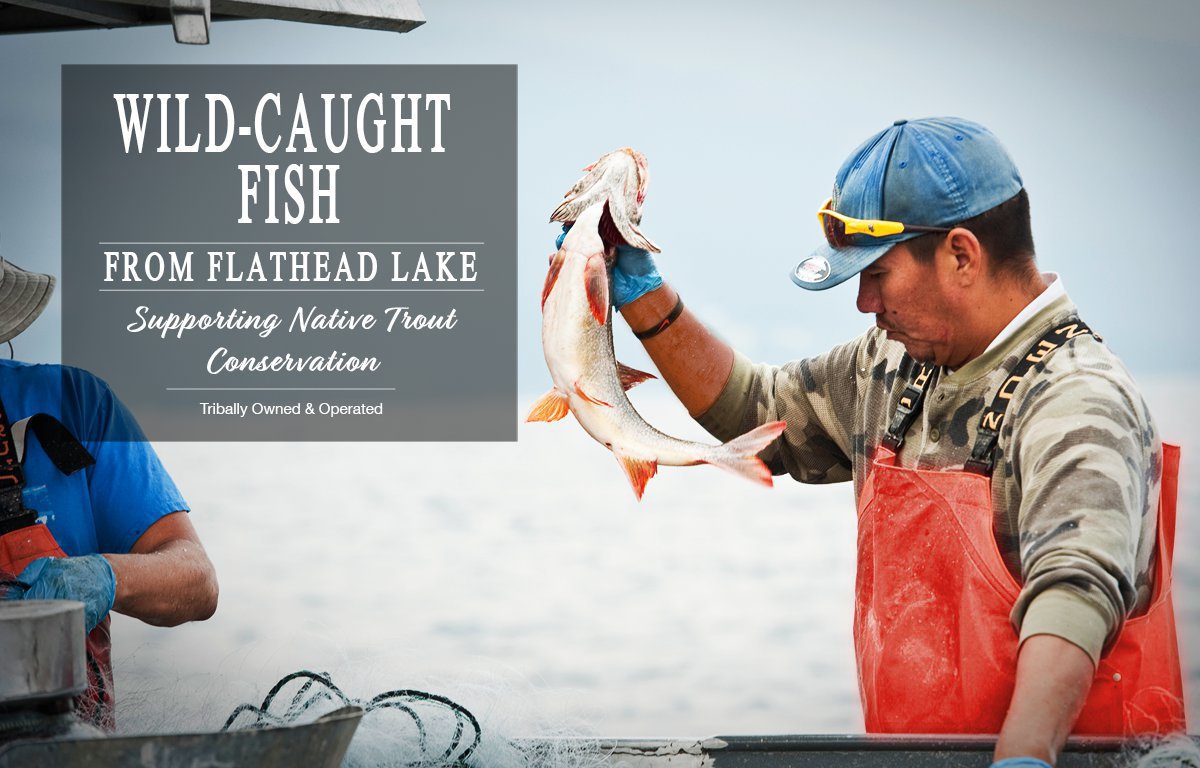
Working to Restore Native Trout
Working to Restore Native Trout
We are the Confederated Salish and Kootenai Tribes of the Flathead Indian Reservation in western Montana. We are working hard to protect native trout. Our fisheries management decisions integrate traditional knowledge and current science. One of the largest threats to native bull trout and westslope cutthroat trout is predation by non-native lake trout.
We are the Confederated Salish and Kootenai Tribes of the Flathead Indian Reservation in western Montana. We are working hard to protect native trout. Our fisheries management decisions integrate traditional knowledge and current science. One of the largest threats to native bull trout and westslope cutthroat trout is predation by non-native lake trout.
We are the Confederated Salish and Kootenai Tribes of the Flathead Indian Reservation in western Montana. We are working hard to protect native trout. Our fisheries management decisions integrate traditional knowledge and current science. One of the largest threats to native bull trout and westslope cutthroat trout is predation by non-native lake trout.
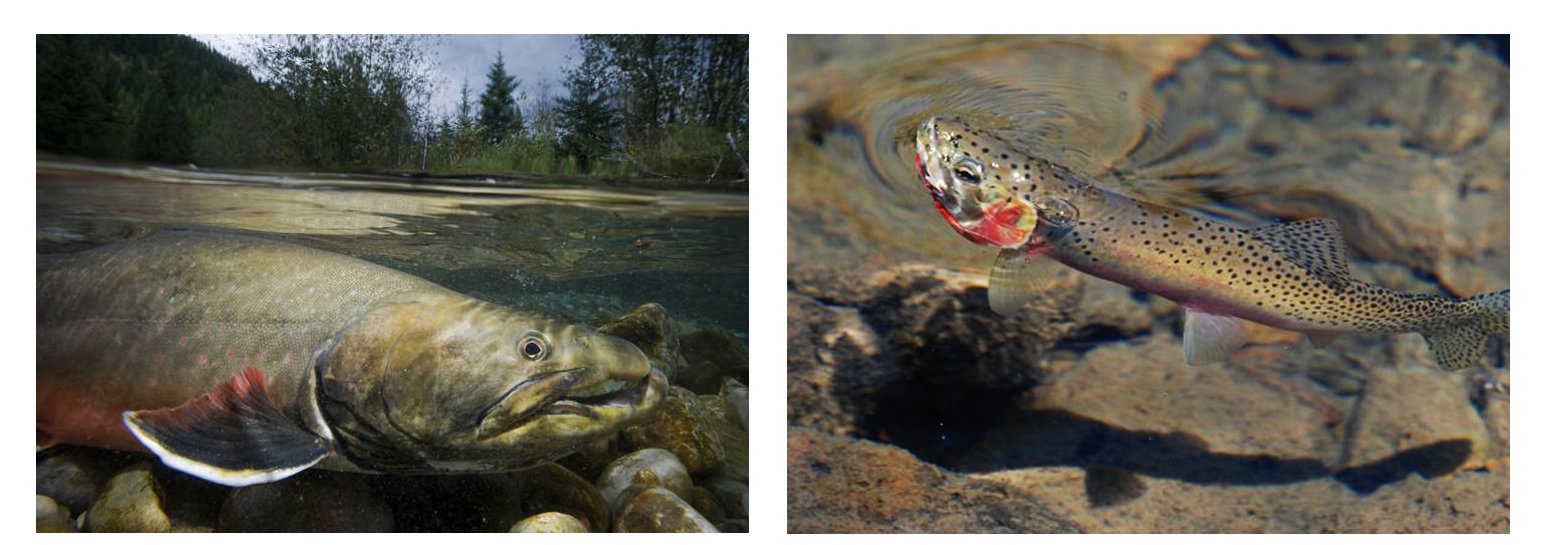
The Confederated Salish and Kootenai Tribes are working to restore bull trout (left) and westslope cutthroat trout (right).
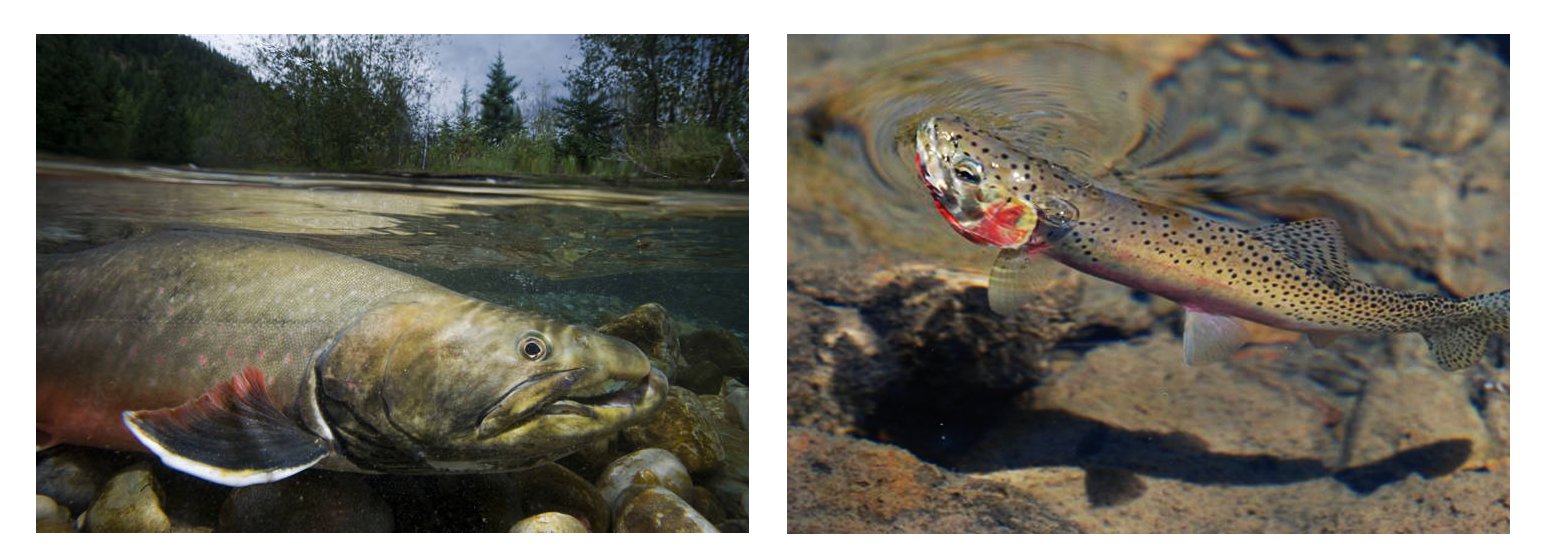
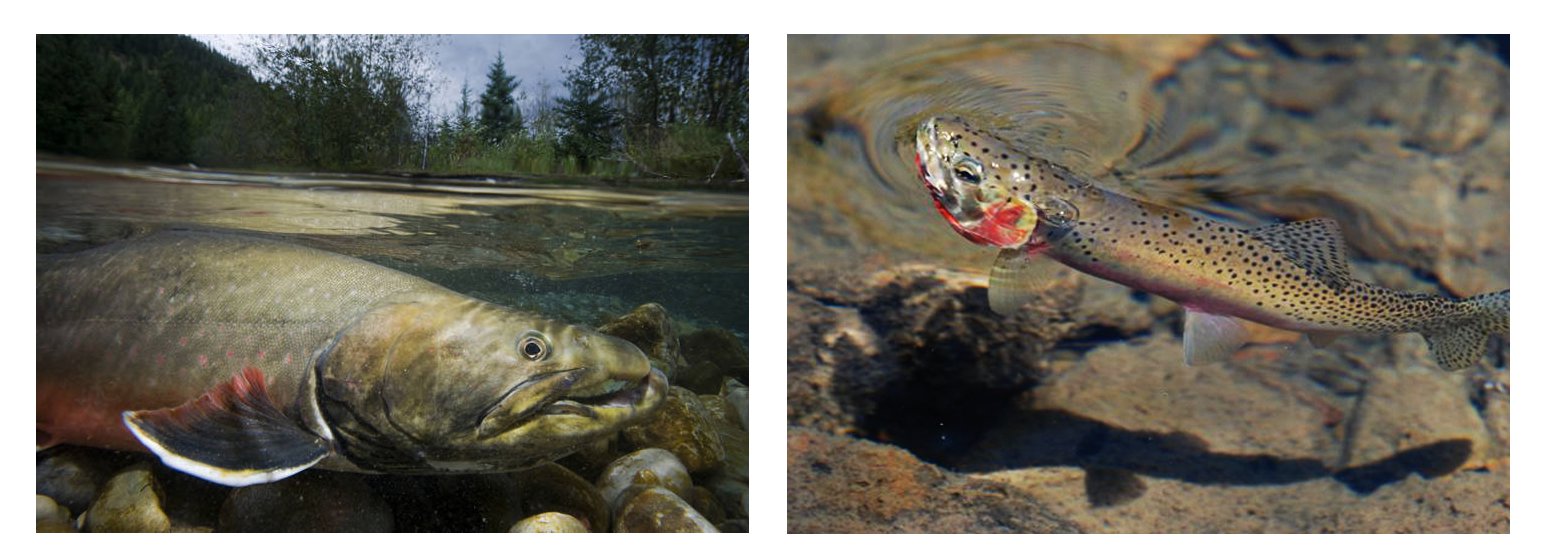
Native Fish: Bull trout (left) and westslope cutthroat trout (right).
Lake trout (like the one shown at left) prey on nearly all fish species present in Flathead Lake, and they have hit bull trout and westslope cutthroat trout especially hard. Both species are important culturally and spiritually to us. Populations have declined to the point that many experts are concerned that bull trout in Flathead Lake could be completely lost. Westslope cutthroat trout have declined by roughly two thirds since monitoring began in 1981.
To counter the threat posed by lake trout and other non-native species in Flathead Lake, the Tribes have undertaken a combination of fisheries-population-management tools, including fishing by recreational anglers and gillnetting.
The lake trout and lake whitefish fillets we sell are gillnetted, the way many salmon are harvested from the Pacific Ocean. The program is expensive; it requires multiple boats, extensive fishing gear, numerous personnel, and most importantly, it must go on perpetually. To help offset costs, the Tribes established this company, Native Fish Keepers, Inc., a not-for-profit corporation to market the gill netted lake trout and lake whitefish.
The nets are carefully placed in specific areas and depths to reduce by-catch. Immediately after the fish are removed from the nets, they are placed on ice and transported to our state-of-the-art processing facility.
The current program brings substantial benefits that include employment opportunities, support of recreational angling, and supply of fillets to food banks.
At the processing facility, the fresh-caught fish are filleted and flash frozen, then shipped to retailers throughout Montana and the Pacific Northwest.
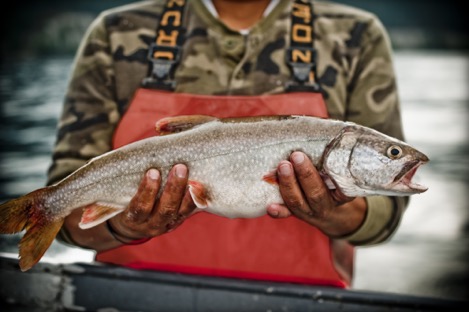
To counter the threat posed by lake trout and other non-native species in Flathead Lake, the Tribes have undertaken a combination of fisheries-population-management tools, including fishing by recreational anglers and gillnetting.
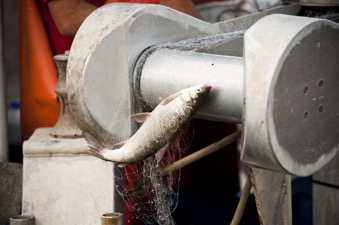
The nets are carefully placed in specific areas and depths to reduce by-catch. Immediately after the fish are removed from the nets, they are placed on ice and transported to our state-of-the-art processing facility.
The current program brings substantial benefits that include employment opportunities, support of recreational angling, and supply of fillets to food banks.
At the processing facility, the fresh-caught fish are filleted and flash frozen, then shipped to retailers throughout Montana and the Pacific Northwest.

To counter the threat posed by lake trout and other non-native species in Flathead Lake, the Tribes have undertaken a combination of fisheries-population-management tools, including fishing by recreational anglers and gillnetting.

The nets are carefully placed in specific areas and depths to reduce by-catch. Immediately after the fish are removed from the nets, they are placed on ice and transported to our state-of-the-art processing facility.
The current program brings substantial benefits that include employment opportunities, support of recreational angling, and supply of fillets to food banks.
At the processing facility, the fresh-caught fish are filleted and flash frozen, then shipped to retailers throughout Montana and the Pacific Northwest.
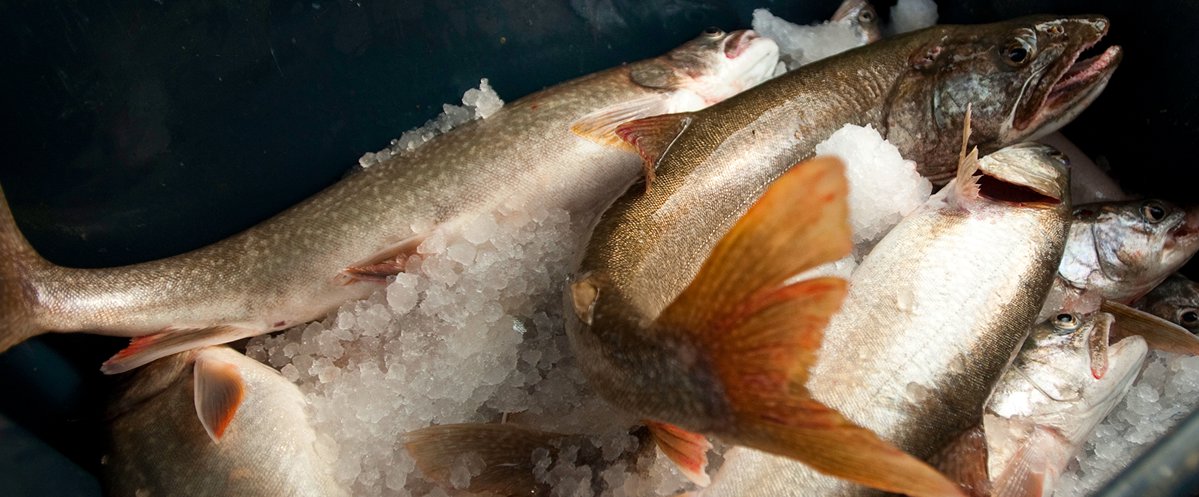
Native Fish Keepers, Inc.
408 6th Ave. East
Polson, MT 59860
© 2017 Confederated Salish and Kootenai Tribes
Native Fish Keepers, Inc.
408 6th Ave. East
Polson, MT 59860
© 2017 Confederated Salish and Kootenai Tribes
